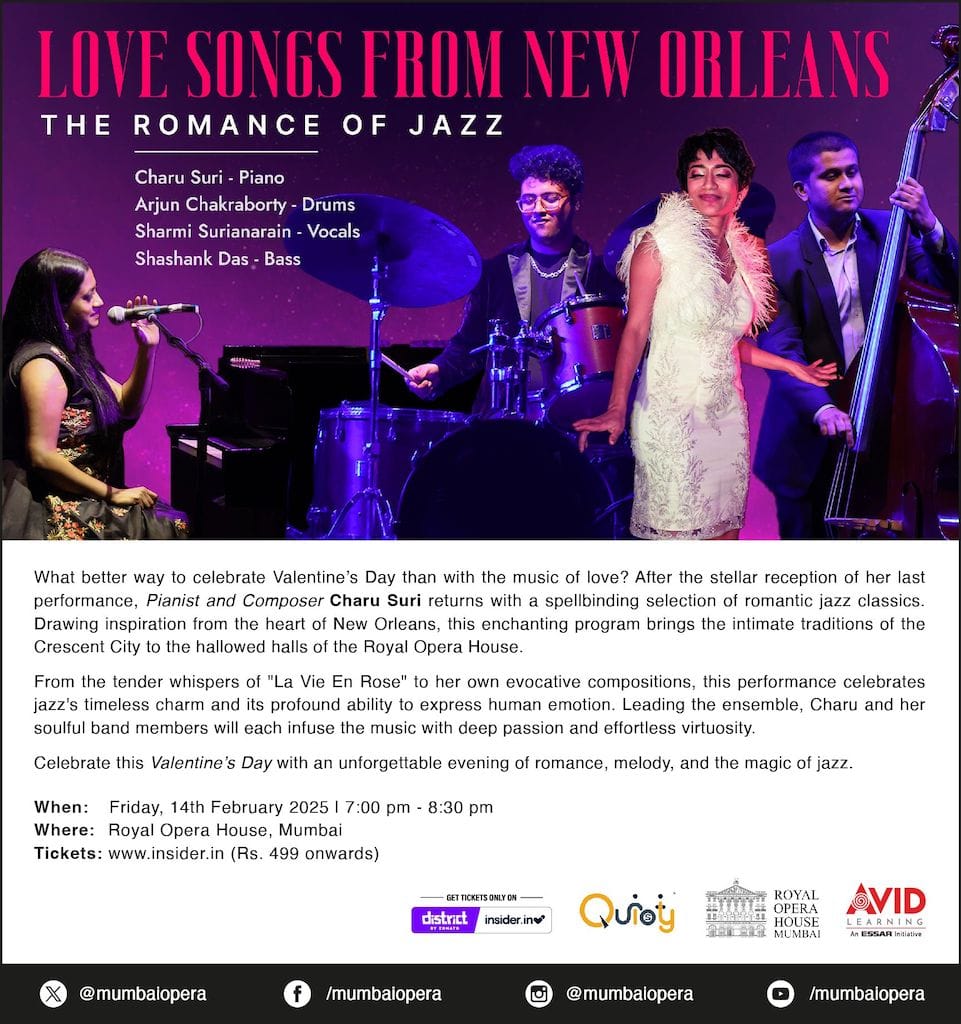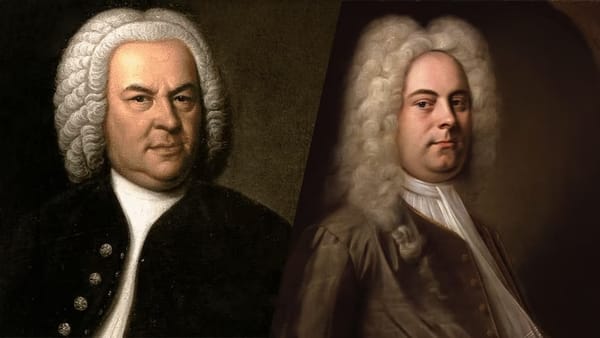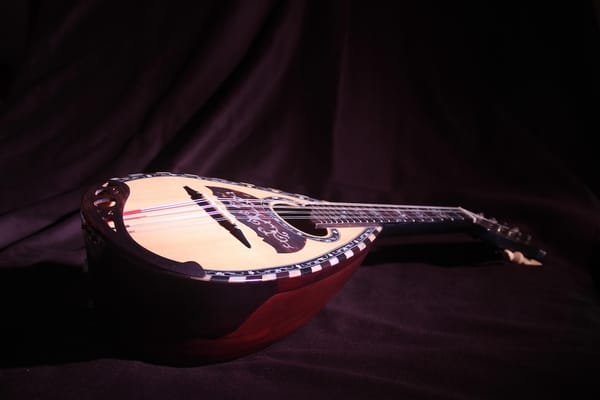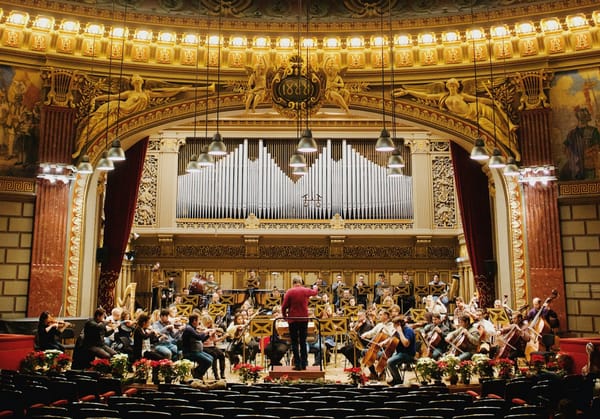Charu Suri on Blending Indian Ragas with Jazz: A Fusion of Tradition and Innovation
Renowned pianist and composer Charu Suri discusses her groundbreaking fusion of Indian ragas with jazz, her influences from global music traditions, and her journey from prodigy to Carnegie Hall performer in this interview.
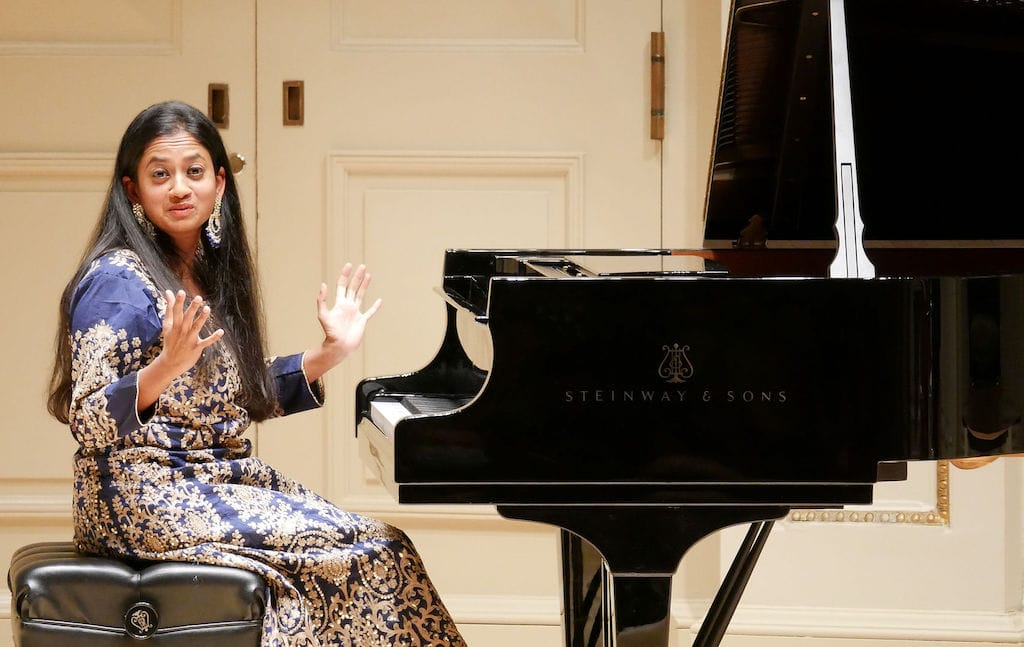
Charu Suri is a pianist and composer who seamlessly blends genres, drawing from the rich traditions of Indian ragas, Sufi music, and jazz. One of the few female composers from India to perform at Carnegie Hall, she has carved a distinctive space in contemporary music with her genre-defying albums, The Book of Ragas and The Book of Ragas Vol. 2.
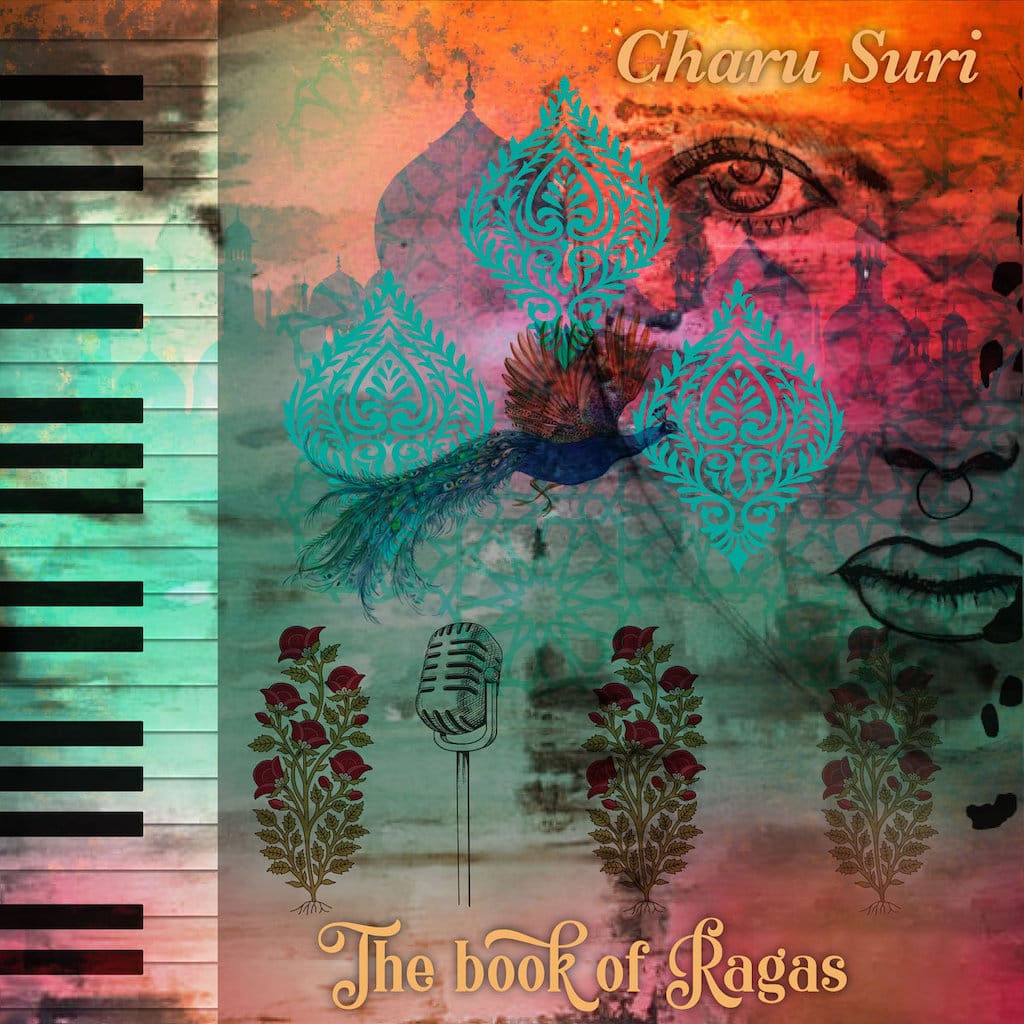
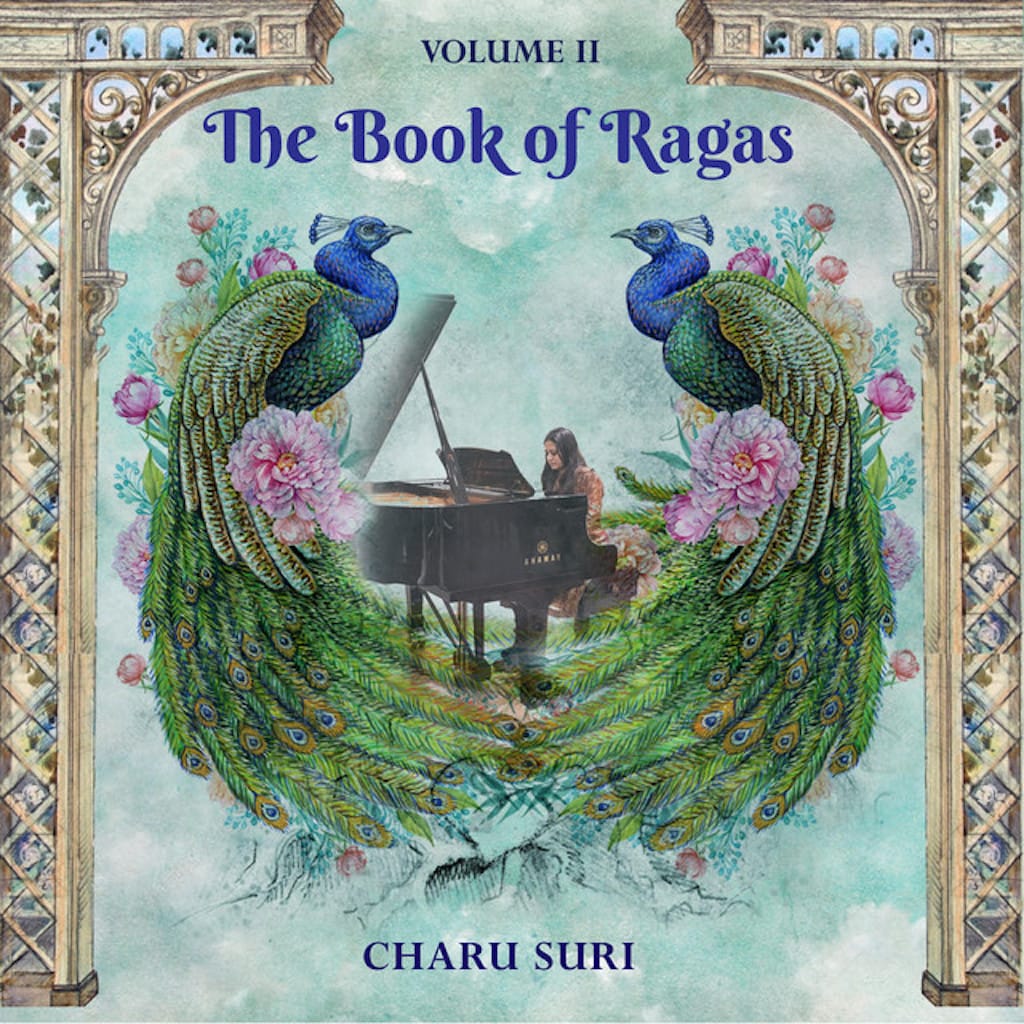
A child prodigy who began playing the piano at five and performing at nine, Suri’s journey has taken her across four continents, shaping her musical voice into something deeply personal yet universally resonant. Her recent albums, Ragas & Waltzes and the upcoming Rags & Ragas, showcase collaborations with legendary musicians like John Patitucci, Steve Gadd, and Joe Lastie, bridging cultures and musical traditions in compelling new ways.
In this interview, Charu Suri discusses the inspiration behind her Book of Ragas series, the challenges and rewards of blending Indian classical music with jazz, her creative process, and her thoughts on the evolving landscape of global music.
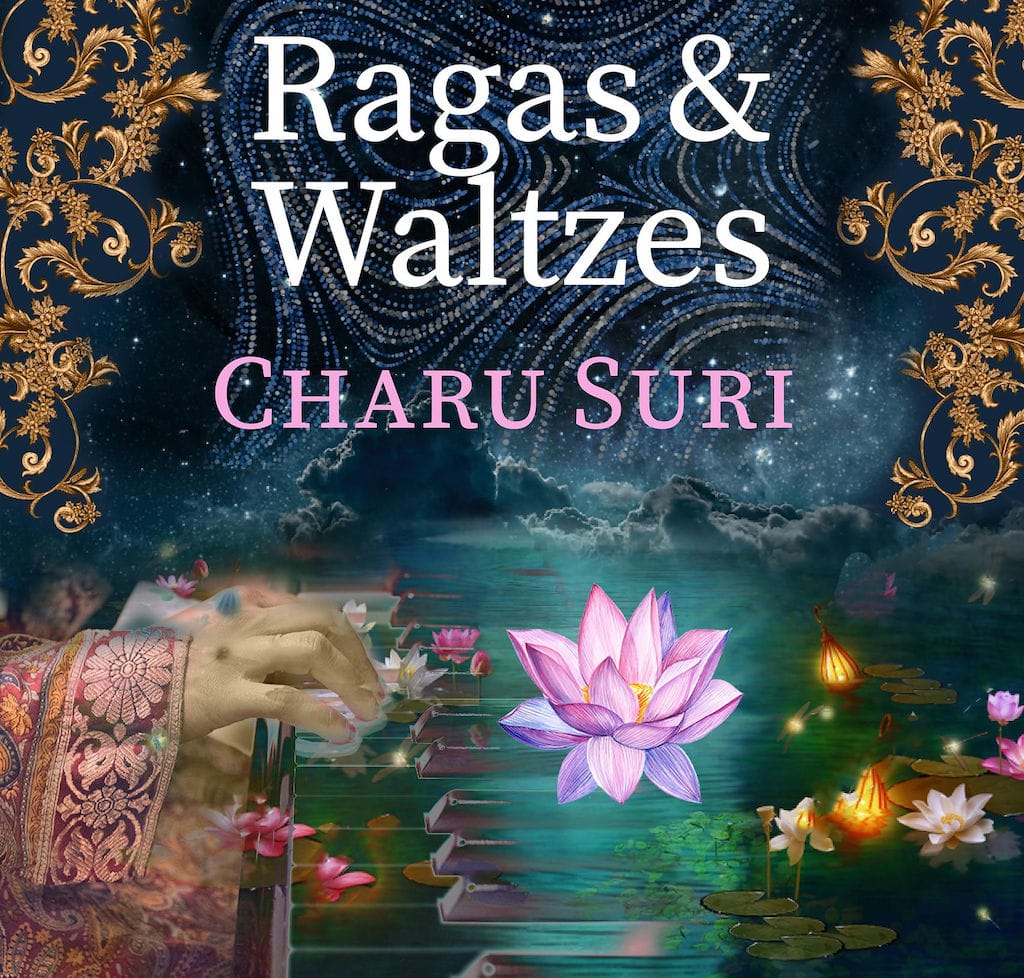
Serenade Team: Your music seamlessly blends jazz, Indian ragas, and classical influences. How do you approach bringing these diverse traditions together while maintaining their authenticity?
Charu Suri: I really try to take the time to learn each genre completely. For classical music, I've been a concert pianist since I was seven. For the ragas, I actually have a raga teacher from the Jaipur gharana. And for jazz, I play often with musicians in New Orleans and have a jazz teacher. I dedicate time to truly understanding each genre's depth and intricacies.
ST: What inspired you to put together The Book of Ragas project, and how do you feel your approach has evolved from the first volume to Ragas & Waltzes?
CS: These are the sounds that came to me when I was composing jazz. I didn’t think of jazz in the traditional way because of the way I’ve lived my life on four different continents, mastering three different genres. I thought of jazz in a very different way, pulling influences from my heritage.
I think my latest album Rags and Ragas represents the peak in the stylistic way that I think of raga jazz—true jazz and true ragas blending in the most authentic and hip way possible, which I don't think anyone else is quite doing.
ST: Your upcoming album Rags & Ragas features collaborations with renowned musicians like John Patitucci and Steve Gadd. How did these partnerships come about, and what was the recording experience like?
CS: I was very lucky. I approached John Patitucci to record on my album, and he said yes. Since he has recorded with Steve Gadd before, that’s how that connection came about. I sent them both the music first because they wanted to hear it before committing, and I was fortunate that they loved it. Obviously, it was something different. Steve Gadd has done a lot of groundbreaking work and has taken many risks—he’s worked extensively with Chick Corea. He’s a musician who loves learning something new, so I feel incredibly lucky that they were both part of this project.
ST: Your work has been performed by the New Jersey Symphony Orchestra at NJPAC. How did it feel to hear your compositions interpreted in an orchestral setting, and what was the process of adapting your music for an ensemble of that scale?
CS: It was absolutely incredible. I have been orchestrating, transposing, and transcribing since I was nine, so I have actually lived with symphonic scores in my head for a long time. Even as a child, I would take symphonic scores to concerts to learn how to read them while the music was being played. In a way, I have always thought of my compositions orchestrally, so the adaptation to a symphony orchestra felt natural. It was a wonderful experience, and I hope to work with more orchestras because there isn't a lot of raga-based symphonic literature out there.
ST: Your upcoming Valentine’s Day concert at the Royal Opera House, Mumbai, will explore the romantic side of New Orleans jazz. What inspired this programme, and how do you approach interpreting love songs within the jazz tradition?
CS: I am excited to return to the Royal Opera House to explore the intersection of love songs and New Orleans jazz. I have always thought of New Orleans as a very romantic place—not just for jazz but also for the songs that emerged from there. La Vie en Rose, Louisiana Fairytale, Hello Dolly—so many songs are romantic odes to the world. What a Wonderful World is another example. The whole idea of the New Orleans repertoire revolves around love songs. The city itself is unabashedly romantic, with its wrought-iron buildings, cobblestone streets, and gorgeous plazas. It feels like the jazz version of Paris in the United States.
ST: Having lived on four continents, how has your multicultural background influenced your compositional voice and approach to performance?
CS: As I mentioned earlier, my multicultural background shapes the way I think about music. I don’t see jazz as a rigid form where you must strictly play Billie Holiday or Frank Sinatra. Instead, I see jazz as a cross-pollination of global influences where cultures borrow from each other while still respecting individual traditions and styles.
It’s hard these days to say, "This is the genre, and you must stick within these four walls." Especially if you’ve led an intercultural life, it’s impossible not to be influenced by different cultures. I always think about connections—how can bossa nova interact with a raga? How can a raga influence tala, and how can tala fit into a swing rhythm? I constantly explore these intersections.
ST: Improvisation plays a key role in both jazz and Indian classical music. How do you navigate improvisation in your compositions, and does your approach differ between solo and ensemble performances?
CS: Improvisation is indeed integral to both jazz and Indian classical music. However, solo improvisation is very different from band improvisation. In solo improvisation, like in an Indian classical music concert where a vocalist or violinist improvises melodically, the focus is entirely on the individual’s creativity.
Band improvisation, on the other hand, involves a dynamic give-and-take between instruments. You have to make space for each musician’s voice. In New Orleans, for instance, the clarinetist takes a solo, then the trombone, the drums, the bass, and the piano. The interplay is crucial—you have to complement each other rather than overshadow. As a soloist, you're thinking about how to be both a bassist and a vocalist at the same time, whereas in a band, it’s about listening and responding. I only truly understood this when I formed my own jazz band.
ST: With a growing discography and increasing recognition for your unique sound, where do you see your music heading next? Are there any new genres or collaborations you are particularly excited about exploring?
CS: I feel very lucky to have a growing fan base, and I’m currently working on an upcoming album called Nidra. It’s my first New Age or ambient album—very different from jazz but still rooted in ragas. The music is designed to be healing, and it will be released in July.
I’m also receiving more collaboration requests for Raga Jazz. There will definitely be more Raga Jazz albums in the future—I feel like I’m just getting started. There are over 500 ragas to explore, and I want to keep pushing the boundaries. Eventually, I’d love to record an album with the Preservation Hall musicians in New Orleans, but that will probably happen next year rather than this one.
Charu Suri is set to return to the Royal Opera House, Mumbai for a special Valentine’s Day performance on February 14, 2025. Blending the timeless charm of New Orleans jazz with her signature global influences, she will be joined by Sharmi Surianarain (vocals), Shashank Das (bass), and Arjun Chakraborty (drums) for an evening of soulful melodies and heartfelt improvisations. This promises to be an unforgettable night celebrating the romance of jazz in one of India’s most iconic performance spaces. Tickets are available on district.in.
